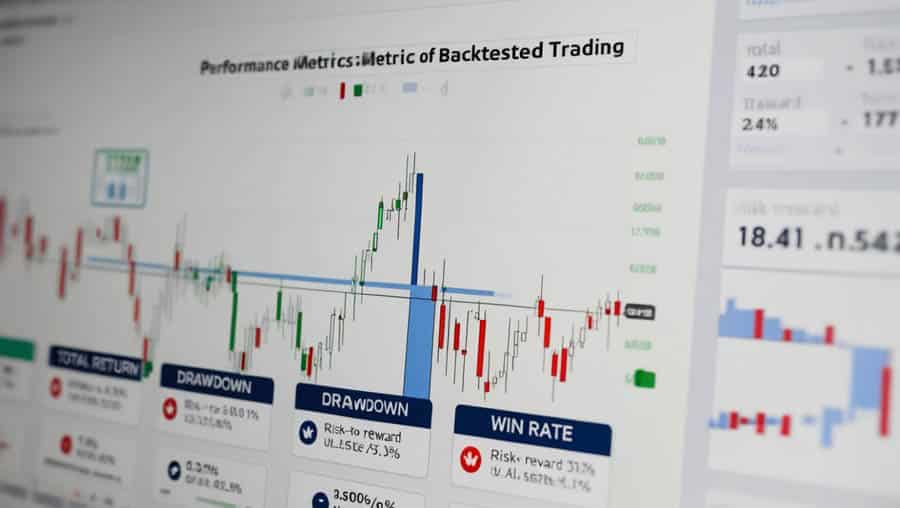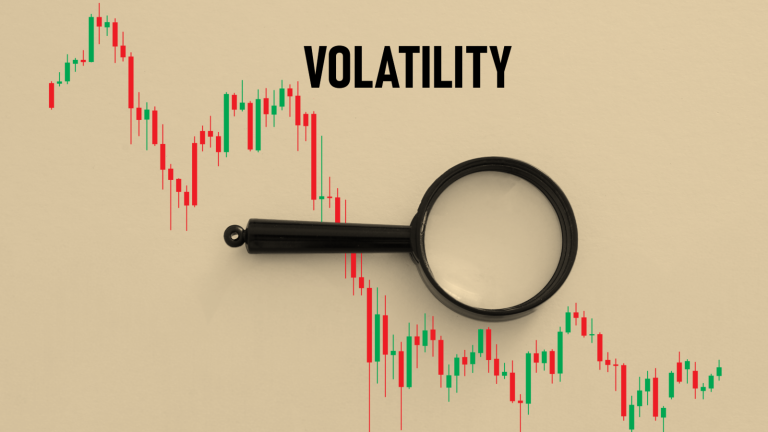In today’s complex financial ecosystem, trading platforms undoubtedly occupy a central and critical position. They function like bustling financial marketplaces, where a wide range of assets—from traditional stocks, bonds, and futures to emerging digital currencies—are constantly exchanged. Trading activities continue around the clock, and the annual trading volume of well-known global platforms often reaches trillions of dollars. Behind the smooth and orderly execution of these transactions lies a meticulously designed and intricately operated technical architecture. From the moment a user submits a trade order, through precise order matching and real-time execution feedback, to the secure transfer of funds and assets and the accurate storage and analysis of trading data—every step relies on robust technical infrastructure. It’s no exaggeration to say that this architecture is the “invisible engine” powering the high-efficiency, stability, and security of trading operations, forming the backbone of modern financial markets.
Core Components Overview
Matching Engine
The matching engine is the “heart” of the trading platform, responsible for processing and matching orders. Often referred to as the trade-matching engine, it runs continuously at high speed to analyze and pair massive volumes of incoming buy and sell orders with precision. At any given second, tens of thousands of orders may pour in. Using complex and efficient algorithms, the engine quickly finds matching combinations based on price, quantity, and other parameters to facilitate trades. For example, during the opening minutes of a stock trading session, order volume surges dramatically as investors rush to buy or sell. The engine must handle this intense flow with stability and speed, directly determining whether investors can seize market opportunities in time. This processing efficiency is a key metric in evaluating the competitiveness of any trading platform.
Data Storage
Data storage acts as the platform’s “information vault,” encompassing user profiles, trade details, and market data. User data includes identity, account balances, and holdings, forming the foundation for regulatory compliance and fund security. Trade details capture every transaction’s lifecycle, supporting settlement and reconciliation processes. Market data reflects real-time asset price changes and is crucial for investor decision-making. Major trading platforms can generate hundreds of millions of new data records daily, requiring storage systems with exceptional read/write speed, high reliability, and stringent security. These systems must prevent data loss or corruption during heavy usage and implement measures like encryption and access controls to protect privacy and uphold market integrity.
Real-Time Market Data
Real-time market data is the “nervous system” of a trading platform, facilitating constant interaction between the platform and its users. It instantly delivers the latest price updates for various assets, serving as a key input for trading decisions. Whether in stocks, forex, or crypto, the accuracy and speed of real-time data are critical.
A high-performance market data system can capture every trade and quote change, pushing updates to end-users in real time. For example, stock traders rely on time-based charts and order book depth to assess trends quickly. In forex markets, even tiny price fluctuations can affect cross-border transaction costs.
Moreover, real-time data is the backbone of algorithmic and high-frequency trading. Professional traders depend on millisecond or even microsecond latency to ensure their strategies respond instantly to market shifts. As such, platforms must build market data systems with ultra-high throughput and ultra-low latency, using distributed infrastructure and redundant systems to maintain consistency and uptime.
For trading platforms, real-time data is not just a user-facing feature—it’s essential to market transparency and liquidity attraction.
User Interface
The user interface is the “front door” of the trading platform, serving as the investor’s control center. From intuitive trade order panels to real-time, visualized market charts and detailed portfolio dashboards, each design choice directly impacts the user experience. A well-designed interface allows novice users to get started quickly and helps professionals trade with precision and speed.
For instance, on a forex platform, the UI might clearly present live exchange rates, bid/ask depth, and other key metrics. With user-friendly order buttons and tools, traders can place orders without navigating complex input processes—dramatically improving efficiency and enhancing engagement.
Key Technical Components
Distributed Systems
Distributed systems are the platform’s “power tools” for managing high concurrency and ensuring availability. As trading becomes increasingly global and continuous, massive numbers of users interact with the platform simultaneously. A distributed architecture spreads tasks like order processing and data storage across multiple nodes, overcoming the limitations of any single point.
For example, during peak market hours, thousands of orders may flood in every second. A distributed matching engine leverages clustering technology to let nodes process orders in parallel, significantly boosting throughput. Load balancing solutions (e.g., Nginx reverse proxy algorithms) distribute traffic evenly, avoiding overload. With failover mechanisms in place, the system can reroute tasks instantly when a node fails—achieving 99.99% or higher availability and ensuring smooth user access at all times.
Caching Technology
Caching acts like the “acceleration gear” of a trading platform, dramatically improving response times. Market data and user positions are accessed frequently, and querying the database each time would be inefficient. Systems like Redis cache hot data in memory, delivering near-instant read/write speeds.
For instance, forex rates change rapidly, and Redis enables users to fetch the latest rates instantly when placing orders. By implementing smart expiration strategies, cache warming for popular data, and optimized eviction algorithms, platforms ensure that cache stores the most critical data—keeping hit rates high and response times as low as a few milliseconds.
Security Infrastructure
Security is the “fortified shield” of a trading platform, covering network, data, and identity protection. On the network layer, tools like firewalls, intrusion detection systems (IDS), and virtual private networks (VPNs) monitor and block malicious traffic and unauthorized access. At the data level, encryption secures both storage and transmission, safeguarding trade records and user information—even in the event of a breach, encrypted data remains unreadable to attackers.
User authentication employs multi-factor mechanisms (passwords, SMS codes, biometrics) to verify identities and prevent unauthorized logins. Notable past incidents in the trading industry demonstrate that robust security systems—with tightly coordinated components—are essential to protecting platform stability, user assets, and market trust.






